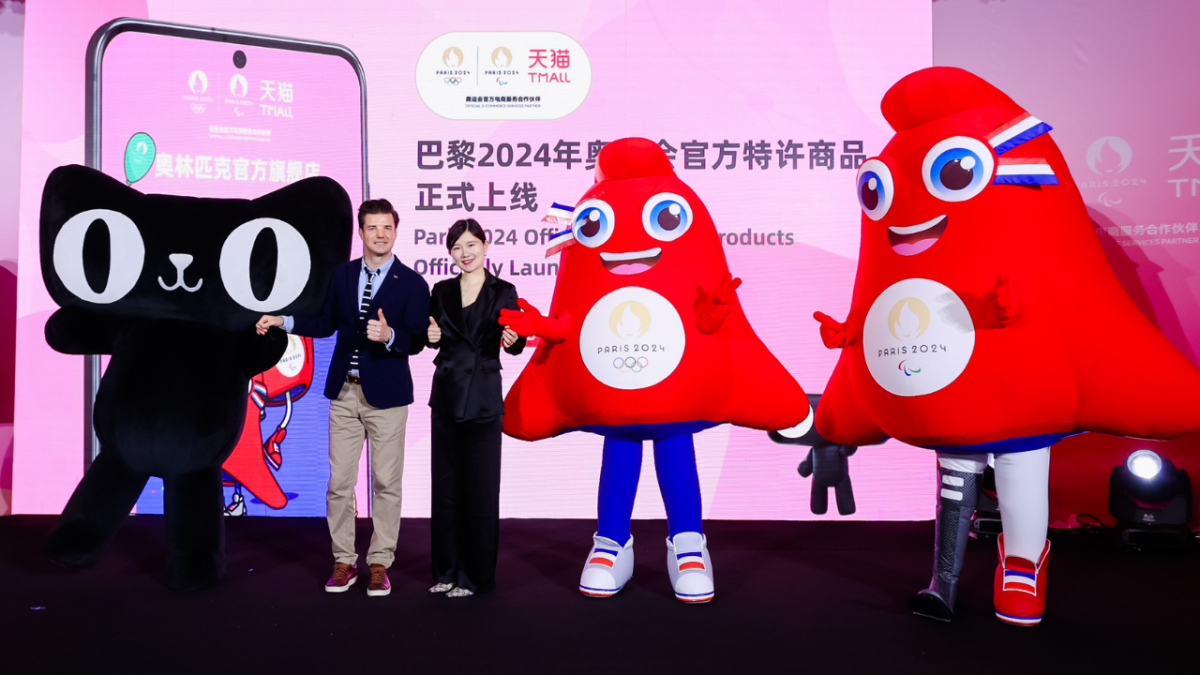
Photo Credit: Shutterstock
Alibaba Group said it had saved 619,944 metric tons of carbon dioxide equivalent in emissions across 12 months by tapping cleaner energy sources as it strives to hit its carbon neutrality target.
That saving is on a par with the carbon dioxide generated by 12,915 U.S. households in a year, according to the platform company’s Environmental, Social and Governance (ESG) report published on Monday.
Besides upping its use of renewables, Alibaba said it is tapping energy-efficient technologies, deploying greener logistics and incentivizing consumers to buy eco-friendly products.
“We believe in our responsibility and capability to be a driver of positive change more than ever,” said Alibaba Group Chairman and CEO Daniel Zhang in the report.
Alibaba’s greenhouse gas (GHG) emissions totaled 13.249 million metric tons of carbon dioxide equivalent (MtCO2e) in the 12 months to March 31. In 2020, its emissions amounted to 9.51 million MtCO2e.
Direct GHG emissions accounted for 927,000 MtCO2e, up from 510,000 MtCO2e in 2010, while indirect GHG emissions from purchased electricity and heat were 4.45 million MtCO2e, an increase from 3.71 million MtCO2e in 2010, according to the report.
The report is Alibaba’s first progress update since it pledged to reach carbon neutrality by 2030 and slash carbon emissions by 1.5 gigatons across its digital ecosystem by 2035.
Alibaba’s digital platform is home to 1.3 billion consumers and tens of millions of merchants.
“How to work with them to build a green and sustainable new business ecosystem and create value beyond commercial outcomes is a new expedition for all of us,” said Zhang in the report.
Going Green
Alibaba expanded its use of renewables and leveraged energy-efficient tech to turn its ecosystem greener.
In the first half of this year alone, Alibaba purchased more than 800 million kWh of clean energy, a 150% increase on its purchases in all of last year. The company topped rankings in renewable energy purchases among Chinese firms last year, according to research provider Bloomberg NEF.
Alibaba Cloud has vowed to run its data centers entirely on clean energy by 2030. In the 12 months ending March 31, 21.6% of the energy it used was clean energy, the report noted.



The cloud provider’s data centers cut 534,000 metric tons of carbon dioxide equivalent from their carbon footprint by purchasing clean energy and natural gas. Alibaba Cloud’s data centers lead cloud service providers in Asia with an average power usage effectiveness (PUE) of 1.247 in its 2022 fiscal year, according to the report.
Alibaba clients are also going green: around 1,700 companies were using Alibaba Cloud’s carbon management platform Energy Expert for their energy management and sustainability as of March.
Unpacking Logistics
Alibaba’s logistics arm Cainiao encourages consumers to be more eco-friendly by reusing and recycling boxes and has leveraged artificial intelligence algorithms to optimize package sizes, cutting the use of packing materials by 15% on average.
Since launching, Cainiao’s electric autonomous delivery robots Xiaomanlv – also known as Little Donkeys – have delivered more than 10 million packages up to March 31.
Delivery services represented 29% of carbon emissions generated by China’s e-commerce industry in 2021, according to Beijing-based consultancy CarbonStop, while packaging accounted for another 18%.
Renewable energy is a growing power source for Cainiao facilities. Its logistics warehouses installed 24.9 MW of solar power capacity, accounting for 16,000Mt of carbon dioxide equivalent in the 12 months ended March 31. Cainiao expects to use solar power in all its logistics warehouses by 2030, said the report.



Eco-Friendly Ecosystem
Business units within Alibaba’s ecosystem are rolling out incentives to quantify the environmental impact of consumers’ activities and reward eco-friendly behavior.
Since April 2022, over 13 million users on Alibaba’s on-demand delivery platform Ele.me have chosen not to use tableware when ordering takeout. Three months after Tmall launched eco-friendly product labels, more than 4,000 merchants on the e-commerce platform have already offered around 430,000 energy-efficient home appliances, the report shows.
Alibaba’s second-hand consumer-to-consumer trading platform in China, Idle Fish, launched a system in January where consumers earn points for trading used goods. Alibaba’s navigation platform Amap rewards consumers for taking public transport.
Earlier this month, the platform company also launched a company-level carbon ledger where consumers can check their cumulative emissions reduction across the platforms.
Over 20 million consumers participated in the incentive systems offered across Alibaba’s ecosystem and have made low-carbon choices since 2022, according to the report.
“To decarbonize at a societal level, we must stimulate demand for and facilitate the transition to low-carbon production that will drive producers to develop greener products at more affordable prices,” Alibaba said in the report.




